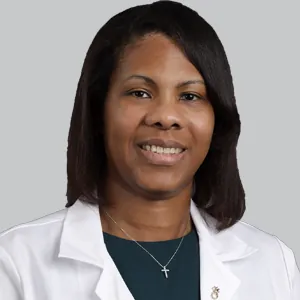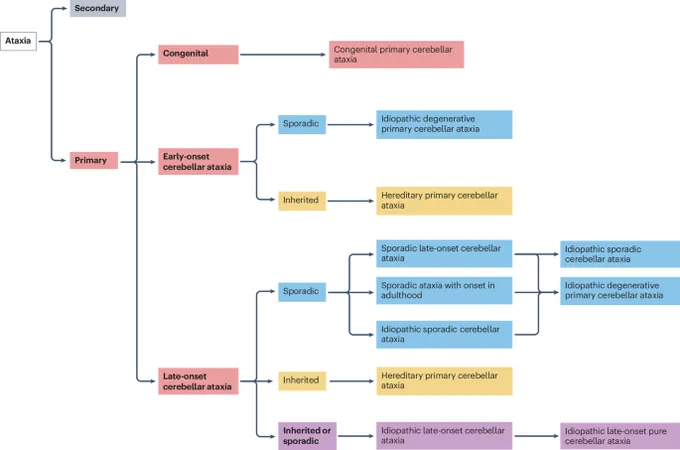
World Narcolepsy Day: A Call for Awareness and Action
2025-09-22
Author: Siti
Understanding Narcolepsy Beyond Daytime Sleepiness
On September 22, the world shines a spotlight on Narcolepsy Day, an occasion that demands our attention to a complex neurological disorder that’s often misunderstood. While many think of narcolepsy as simply excessive daytime sleepiness, the reality is far more intricate. Patients grapple with cataplexy, sleep paralysis, hallucinations, and disrupted nighttime sleep—a combination that often leads to misdiagnosis and years of suffering. Experts emphasize the urgent need for earlier diagnosis, better education, and effective therapies to manage this condition.
Expert Insights: Dr. Dionne Morgan on Narcolepsy Awareness
In an important discussion, Dr. Dionne Morgan, a sleep medicine physician at Baptist Miami Cardiovascular Institute, shared valuable insights on World Narcolepsy Day. She highlighted the critical need for healthcare providers to recognize narcolepsy’s signs and symptoms early on. This awareness can lead to better management of the condition and improve quality of life for those affected.
The Hidden Struggles of Narcolepsy Patients
Dr. Morgan described narcolepsy as a rare yet debilitating disorder that typically emerges during adolescence or early adulthood. Patients can experience devastating symptoms that extend beyond mere sleepiness, such as sudden muscle collapse triggered by strong emotions—known as cataplexy. Such episodes can be frightening and easily mistaken for a stroke by onlookers, underscoring the need for public education about this condition.
Diagnosing Narcolepsy: A Challenge for Many
Diagnosing narcolepsy can be tricky, as many patients may visit numerous doctors before receiving the correct diagnosis. Dr. Morgan points out that any patient reporting excessive sleepiness, irresistible naps, or fragmented nighttime sleep should undergo thorough evaluation, especially if cataplexy is present. A careful clinical history is crucial, and neurologists must include narcolepsy in their differential diagnoses when dealing with hypersomnolence.
Effective Management Strategies
Good sleep hygiene is paramount, along with scheduled naps that significantly boost daytime functioning. Dr. Morgan advocates for workplace and academic accommodations under the Americans with Disabilities Act, allowing patients to rest when needed. A combination of healthy lifestyle choices, such as a balanced diet and regular exercise, complements pharmacological therapies tailored to the individual’s needs.
Addressing Comorbidities: A Holistic Approach
The intersection of narcolepsy with mental health disorders like anxiety and depression is alarming; these comorbidities can exacerbate the patient’s challenges. Fortunately, some antidepressants can alleviate both mental health symptoms and narcolepsy manifestations, allowing for a more integrated approach to treatment. Identifying and treating the root cause is essential for effective long-term care.
Fostering Support and Reducing Stigma
Empathy from healthcare providers is vital for supporting narcolepsy patients. Education about the disorder, available therapies, and advocacy for necessary accommodations can drastically change lives. As Dr. Morgan highlights, despite narcolepsy being a lifelong challenge, with proper management and support, patients can lead fulfilling lives.
Join the Fight for Awareness this Narcolepsy Day
As we observe World Narcolepsy Day, let us commit to raising awareness and understanding for this often-overlooked condition. By fostering empathy, improving education, and driving advocacy, we can make strides toward better outcomes for those living with narcolepsy.



 Brasil (PT)
Brasil (PT)
 Canada (EN)
Canada (EN)
 Chile (ES)
Chile (ES)
 Česko (CS)
Česko (CS)
 대한민국 (KO)
대한민국 (KO)
 España (ES)
España (ES)
 France (FR)
France (FR)
 Hong Kong (EN)
Hong Kong (EN)
 Italia (IT)
Italia (IT)
 日本 (JA)
日本 (JA)
 Magyarország (HU)
Magyarország (HU)
 Norge (NO)
Norge (NO)
 Polska (PL)
Polska (PL)
 Schweiz (DE)
Schweiz (DE)
 Singapore (EN)
Singapore (EN)
 Sverige (SV)
Sverige (SV)
 Suomi (FI)
Suomi (FI)
 Türkiye (TR)
Türkiye (TR)
 الإمارات العربية المتحدة (AR)
الإمارات العربية المتحدة (AR)